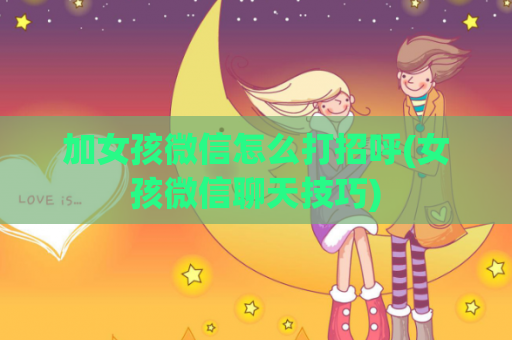Introduction: After a divorce, many individuals find themselves navigating a complex emotional landscape. While some may seek closure and distance, others find themselves drawn back into a web of ambiguity and intimacy with their former spouse. This phenomenon, often referred to as continuing ambiguity or maintaining intimacy after divorce, is a topic of both fascination and concern. In this comprehensive exploration, we delve into the intricacies of post-divorce relationships, examining the reasons behind such behavior, its potential impact, and strategies for moving forward.
Understanding Continuing Ambiguity

1. The Complexity of Post-Divorce Relationships: Post-divorce relationships are inherently complex, marked by a myriad of emotions ranging from longing and nostalgia to resentment and uncertainty. Amidst this emotional turmoil, individuals may find themselves caught between the desire to move on and the comfort of familiar intimacy.
2. The Role of Emotional Attachment: Emotional attachment formed over years of marriage can persist even after legal dissolution. This lingering connection often fuels the desire for continued intimacy, blurring the boundaries between past and present.
The Psychological Dynamics
1. Emotional Dependency: Many individuals struggle to sever emotional ties with their ex-spouse, seeking solace and support in familiar arms despite the dissolution of their marital bond. This emotional dependency can prolong the cycle of ambiguity and hinder the process of healing and closure.
2. Fear of Loneliness: The prospect of facing loneliness and solitude after divorce can be daunting, prompting individuals to cling to the familiarity of their former relationship. This fear-driven behavior often perpetuates the cycle of ambiguity, preventing individuals from embracing their newfound independence.
The Impact of Continuing Ambiguity
1. Emotional Turmoil: Continuing ambiguity can perpetuate emotional turmoil, leaving individuals trapped in a state of limbo where conflicting emotions reign supreme. The constant oscillation between intimacy and detachment can take a toll on mental well-being, leading to heightened stress and anxiety.
2. Stunted Growth: By prolonging emotional ties with their ex-spouse, individuals risk stunting their personal growth and hindering the process of moving on. This perpetual state of ambiguity inhibits the exploration of new relationships and experiences, trapping individuals in a cycle of stagnation.
The Cycle of Ambiguity
1. Repetitive Patterns: Continuing ambiguity often follows a repetitive pattern, characterized by cycles of reunion and separation. This cyclical behavior perpetuates the illusion of hope, keeping individuals tethered to the past and impeding their ability to embrace the future.
2. Impact on Co-Parenting: For divorced couples with children, maintaining ambiguity can complicate co-parenting dynamics and blur the lines of parental responsibility. Conflicting emotions and unresolved feelings can spill over into co-parenting interactions, creating an unstable environment for children.
Navigating the Path Forward
1. Self-Reflection and Awareness: The first step towards breaking free from the cycle of continuing ambiguity is self-reflection and awareness. Individuals must confront their emotions and motivations, acknowledging the role they play in perpetuating the cycle.
2. Setting Boundaries: Establishing clear boundaries is essential for creating distance and fostering emotional independence. This may involve limiting contact with the ex-spouse and refraining from engaging in behaviors that reinforce emotional dependency.
Embracing Personal Growth
1. Embracing Change: Embracing change is crucial for personal growth and moving forward after divorce. Individuals must be willing to let go of the past and embrace new opportunities for self-discovery and fulfillment.
2. Seeking Support: Seeking support from friends, family, or a therapist can provide invaluable guidance and perspective during the transition process. Surrounding oneself with a supportive network can help navigate the challenges of post-divorce life and facilitate healing.
The editor says: Continuing ambiguity after divorce is a complex phenomenon rooted in emotional attachment and fear of loneliness. While understandable, it can impede personal growth and prolong emotional turmoil. By fostering self-awareness, setting boundaries, and embracing change, individuals can break free from the cycle and embark on a journey of healing and self-discovery.























